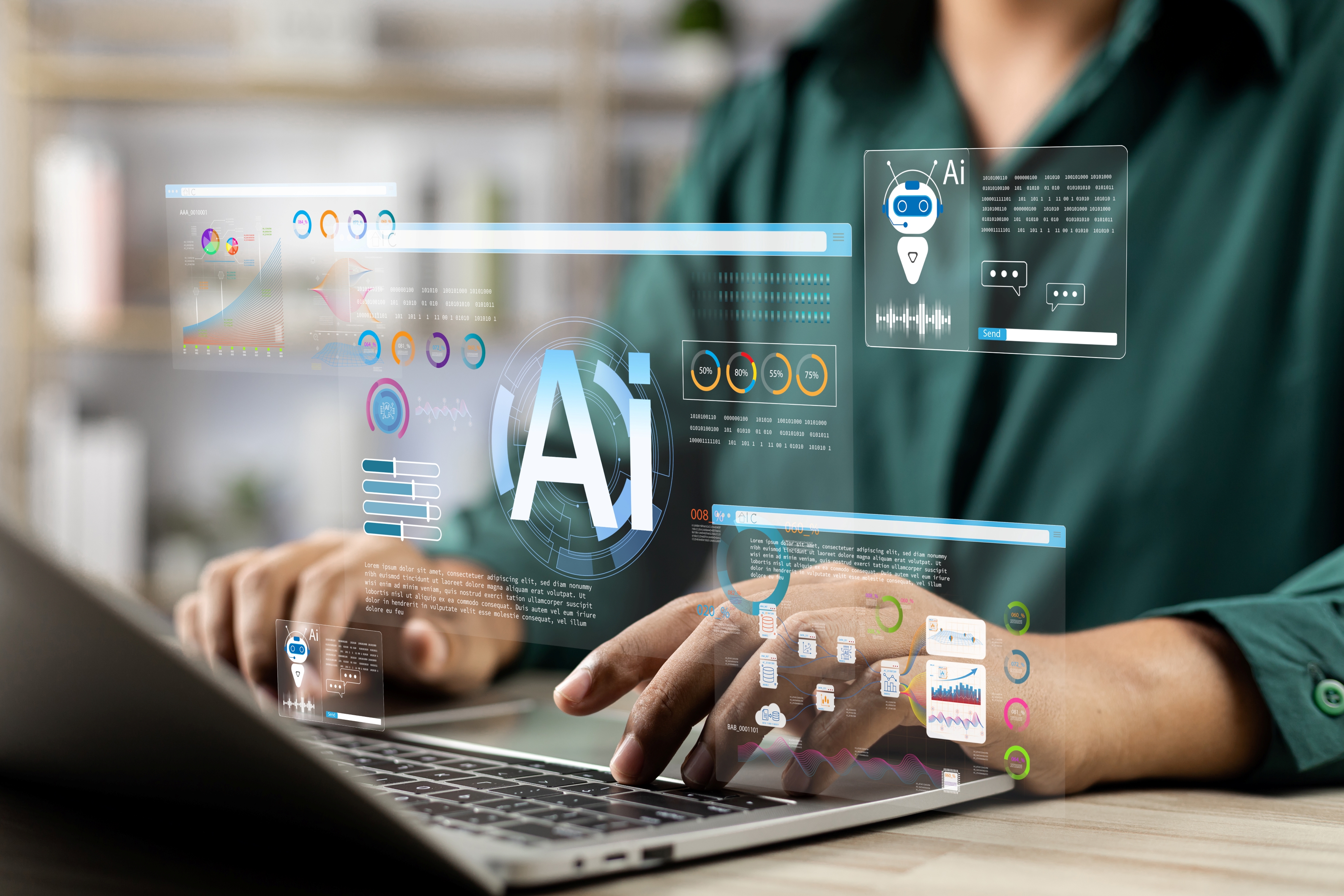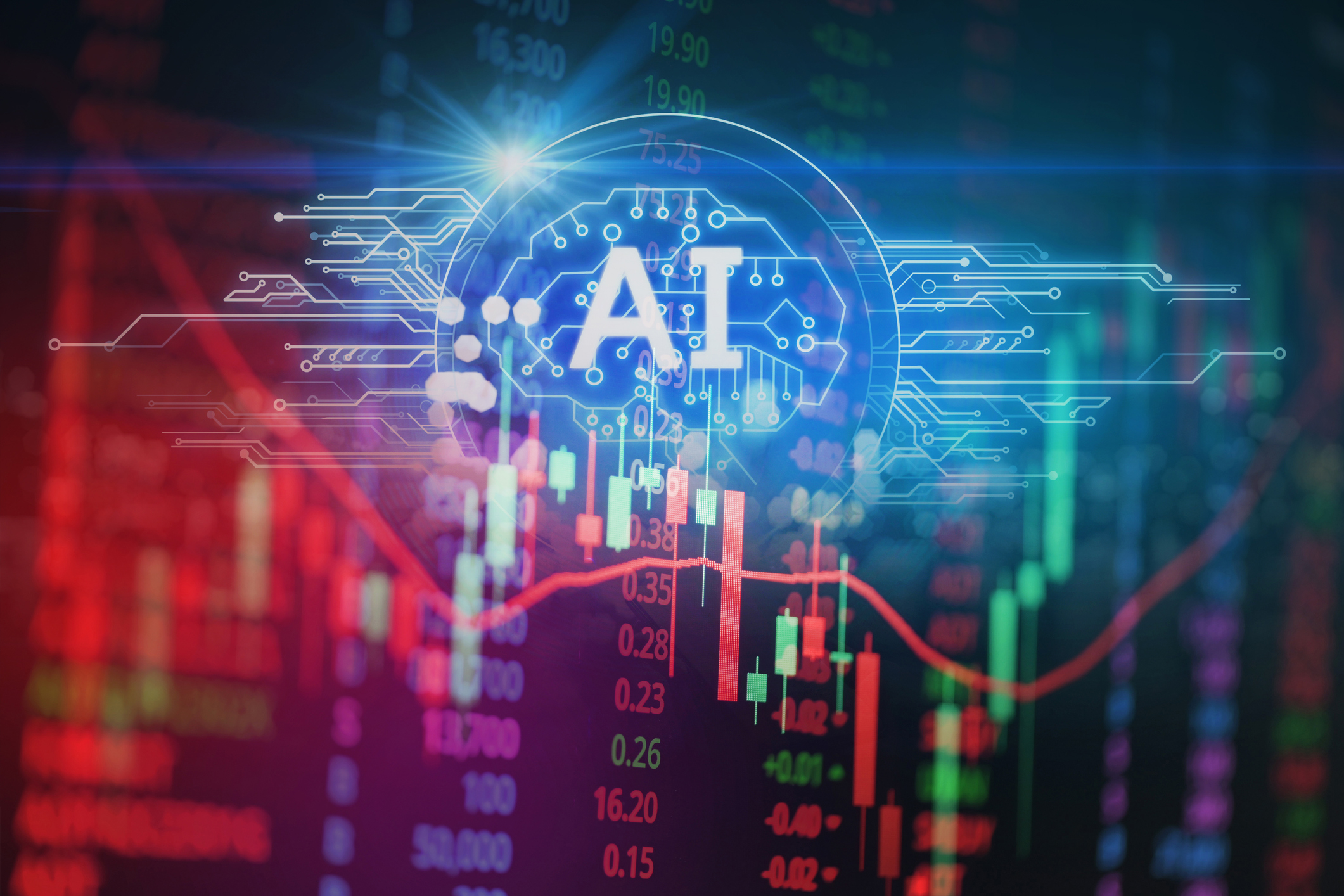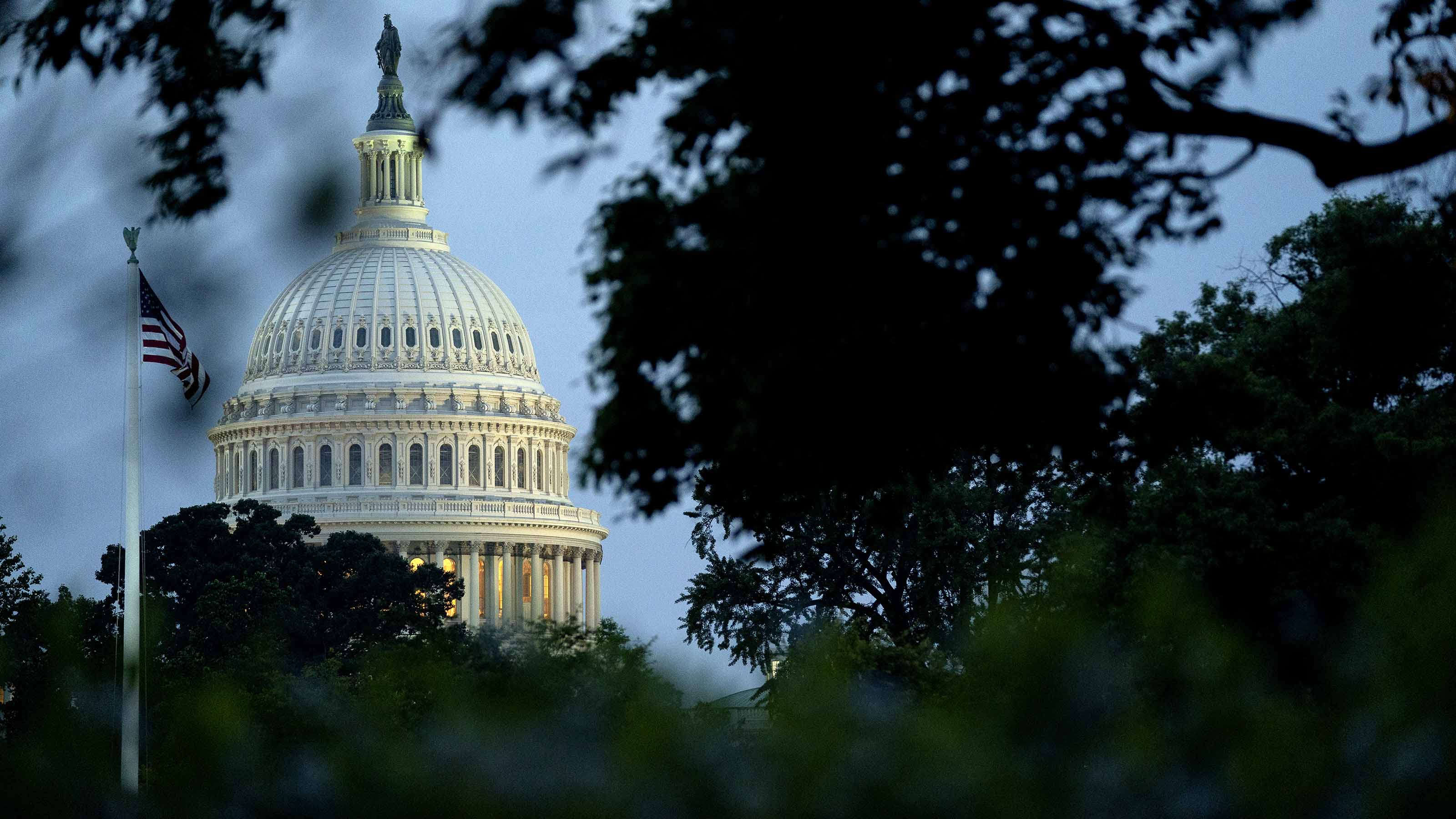Washington's Next Stimulus Plan
Congress is readying an economic booster shot that should deliver jobs, economic growth -- and a bigger deficit.

Politicians seldom follow the advice of economists, but they have found something to agree on. For the moment, they’re setting aside the debate over reducing the debt and firing up what amounts to round two of deficit spending, aimed at kicking the economy into a higher gear.
If passed, the tax-cuts package worked out by Republicans and President Obama will lift GDP next year. By how much? That’s the only disagreement among economists. After putting the numbers into their computers, the estimates that come out are pretty eye-popping.
Net job gains will jump up from previous expectations, hitting 2.5 million, up from about 1 million this year. The unemployment rate, now 9.8%, will fall a bit below 9% or so by the end of 2011.
From just $107.88 $24.99 for Kiplinger Personal Finance
Become a smarter, better informed investor. Subscribe from just $107.88 $24.99, plus get up to 4 Special Issues

Sign up for Kiplinger’s Free Newsletters
Profit and prosper with the best of expert advice on investing, taxes, retirement, personal finance and more - straight to your e-mail.
Profit and prosper with the best of expert advice - straight to your e-mail.
And GDP growth will accelerate to about 3.5% for the year. “In all likelihood the recovery would have made it through next year without backtracking into recession, but this deal improves those odds significantly,” says Mark Zandi, chief economist for Moody’s Analytics.
There is a cost, and it’s not small. The estimated $900 billion worth of tax cuts and some spending add-ons over 10 years will add about $200 billion to the budget deficit in 2011 alone. That’s in addition to an anticipated deficit of about $1.25 trillion.
The new stimulus is on top of the $600-billion plan by the Federal Reserve to buy Treasuries to stimulate growth. Critics are raising alarms that inflation will result. They’ll argue the stimulus provided by Congress eliminates the need for the Fed purchases. The central bank isn’t likely to scale back or drop its plans; Fed Chairman Ben Bernanke has been saying in speeches and interviews that both the bond buying and a fresh stimulus package from Congress are needed to avert a recession next year.
The bond market is dubious. The yield on 10-year Treasury notes has risen from 2.38% in early October to 3.25%, and other long-term rates have followed. The 30-year fixed rate residential mortgage is 4.61%, up from 4.17% four weeks ago.
Bernanke’s worry is that at the current pace of growth it will take four or five more years to return jobs to their level at the start of the recession. That prospect carries the risk of deflation, a situation in which Japan has been mired, more or less, for 20 years.
The first stimulus of about $800 billion, passed in 2009, included tax cuts, money for highway improvements and cash to ailing state governments. Critics on all sides said it was badly designed.
No doubt, some parts packed little punch. And measurements of what worked are educated guesses. One study, by Zandi and former Fed Vice Chairman Alan Blinder, asserts that without the first stimulus, the Troubled Asset Relief Program, the rescue of General Motors and other firms and $3 trillion in loans by the Feds to tide over wobbly banks here and overseas, job losses would have doubled to 17 million and the unemployment rate would have soared to 16%.
Setting that debate aside, there is no argument that job creation has gone slowly since the recession ended. About 8.5 million jobs were lost in 2008 and 2009, and only about 15% have been added back. At the same time, gross domestic product has regained more than 95% of the ground it lost during the recession. But GDP growth, about 2.8% this year, isn’t robust enough to lower the unemployment rate.
Bernanke is willing to risk a little more inflation, saying the Fed can quickly act to keep prices stable. The key test will start around the middle of next year. By then, Congress, the White House and the Fed should be seeing a faster-growing economy.
Then they’ll have to demonstrate a will to pare deficit spending for the years that follow. Failure to do any cost control will result in still-higher long-term interest rates.
Profit and prosper with the best of Kiplinger's advice on investing, taxes, retirement, personal finance and much more. Delivered daily. Enter your email in the box and click Sign Me Up.

-
 Nasdaq Takes a Hit as the Tech Trade Falters: Stock Market Today
Nasdaq Takes a Hit as the Tech Trade Falters: Stock Market TodayThe Dow Jones Industrial Average outperformed on strength in cyclical stocks.
-
 $100 Fee Turning Away Visitors from National Parks
$100 Fee Turning Away Visitors from National ParksDiscover how the new $100 fee will impact your experience visiting 11 of America's most popular parks.
-
 Is Mechanical Breakdown Insurance Better Than an Extended Car Warranty?
Is Mechanical Breakdown Insurance Better Than an Extended Car Warranty?More insurers are starting to offer mechanical breakdown insurance to new car owners. What is it and should you buy it?
-
 The Kiplinger Letter's 10 Forecasts for 2026
The Kiplinger Letter's 10 Forecasts for 2026The Kiplinger Letter Here are some of the biggest events and trends in economics, politics and tech that will shape the new year.
-
 What to Expect from the Global Economy in 2026
What to Expect from the Global Economy in 2026The Kiplinger Letter Economic growth across the globe will be highly uneven, with some major economies accelerating while others hit the brakes.
-
 Amid Mounting Uncertainty: Five Forecasts About AI
Amid Mounting Uncertainty: Five Forecasts About AIThe Kiplinger Letter With the risk of overspending on AI data centers hotly debated, here are some forecasts about AI that we can make with some confidence.
-
 Worried About an AI Bubble? Here’s What You Need to Know
Worried About an AI Bubble? Here’s What You Need to KnowThe Kiplinger Letter Though AI is a transformative technology, it’s worth paying attention to the rising economic and financial risks. Here’s some guidance to navigate AI’s future.
-
 Will AI Videos Disrupt Social Media?
Will AI Videos Disrupt Social Media?The Kiplinger Letter With the introduction of OpenAI’s new AI social media app, Sora, the internet is about to be flooded with startling AI-generated videos.
-
 What Services Are Open During the Government Shutdown?
What Services Are Open During the Government Shutdown?The Kiplinger Letter As the shutdown drags on, many basic federal services will increasingly be affected.
-
 The Economy on a Knife's Edge
The Economy on a Knife's EdgeThe Letter GDP is growing, but employers have all but stopped hiring as they watch how the trade war plays out.
-
 Apple Readies for AI Upgrade with New iPhones
Apple Readies for AI Upgrade with New iPhonesThe Kiplinger Letter The tech giant has stumbled when it comes to artificial intelligence, but a new batch of iPhones will help it make headway.